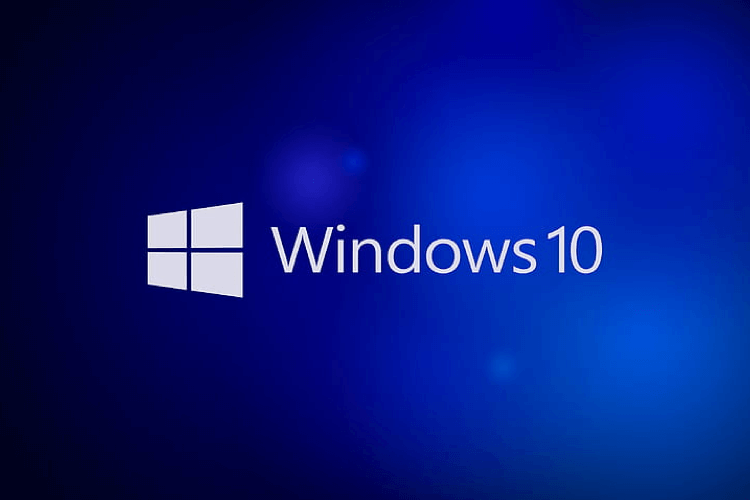As the customary follow up on my article about my expectations and predictions for the new version of the Windows platform, in this column we will be looking at how the platform turned out. I will be reviewing it based on the technical preview Microsoft provided with their October launch of the beta software. For starters we still do not know when the final OS will release and how much it will cost. But the buzz in town is that we will not see the final release until the middle of next year, making this the longest ever test period for a Windows OS.
Naming the platform Windows 10 is quite bizarre, but considering their long history of either cryptic or plain random naming, it is not really surprising. Intending to indicate to its users and app developers, how far it has come from Windows 8, they skipped over Windows 9.
Honestly, I did not expect a great lot from this platform, considering the dismal performance with Windows 8, but I must say, Windows 10 does look pretty good.
The biggest relief is that the start button is back to its previous glory. The previous start menu, spanning the entire screen received a lot of flak for its absolutely confusing nature and now has become an optional feature. Windows has finally caught up with Linnux based OSs and now have introduced the concept of virtual workspaces to better handle multi-tasking.
Searching is going to become a whole lot easier with the taskbar coming with a universal search button. The search and file explorer display recently visited locations and most used documenting ensuring a better User Experience.
Snap assist is a real gem for productivity. You can dynamically resize all your windows and it will even suggest similar items that you might want to open. Unlike with Windows 8 in which you could view at most 2 windows, in this version you can view 4 or 5. This will make a huge difference to app developers.
All in all, Windows 10 seems like an improved version of Windows 7. There are major strides in the productivity and User Experience departments. With more and more users and app developers moving away from the Windows platform, this release might just lure them back in. Other than trivial bugs and minor issues which will probably be fixed before the final release, it seems like Microsoft has built a pretty solid product.
